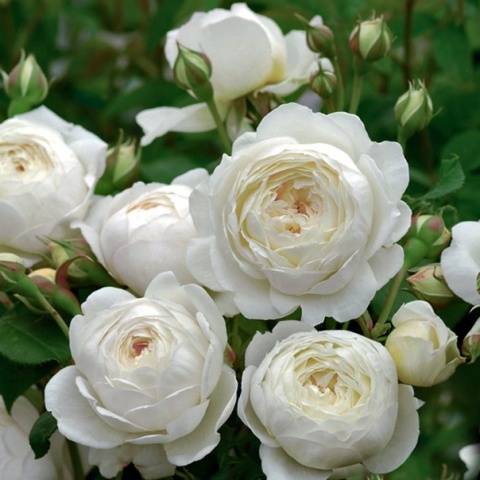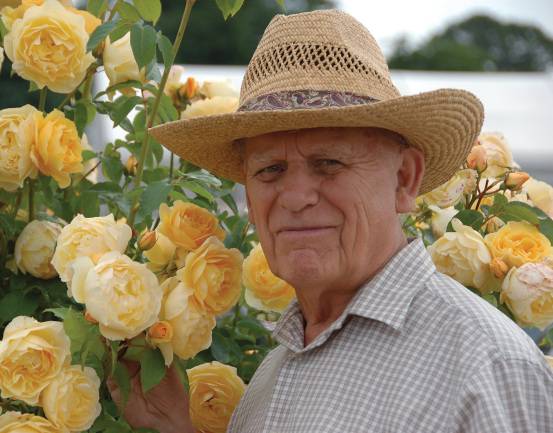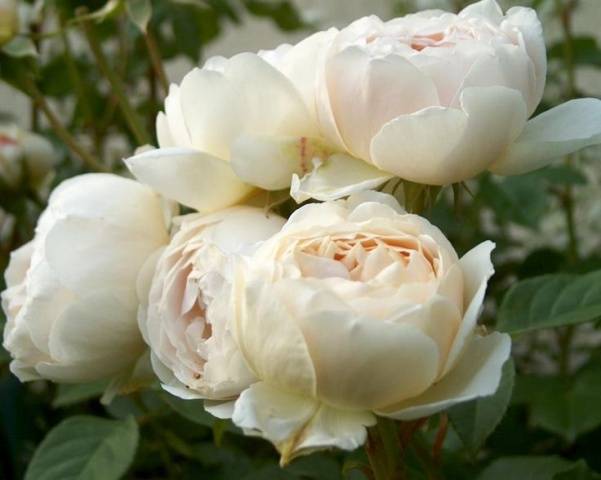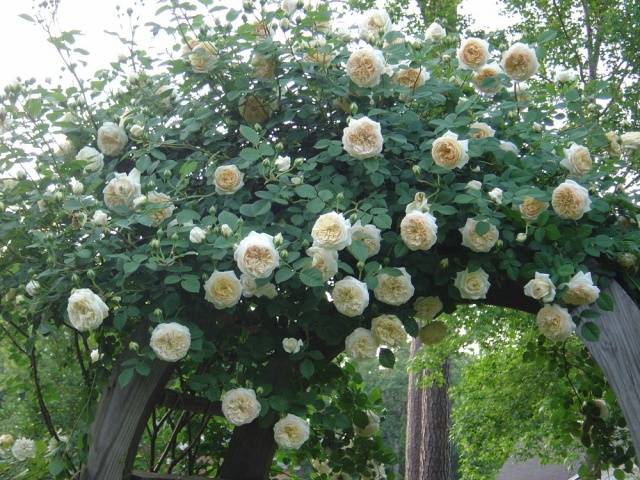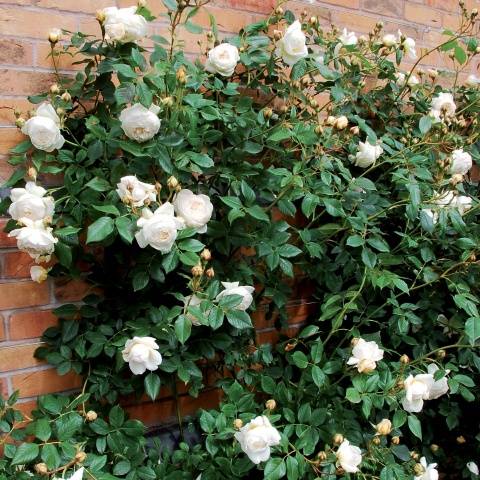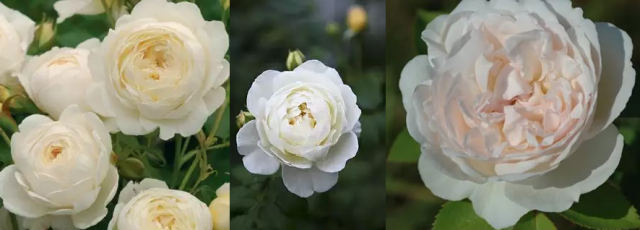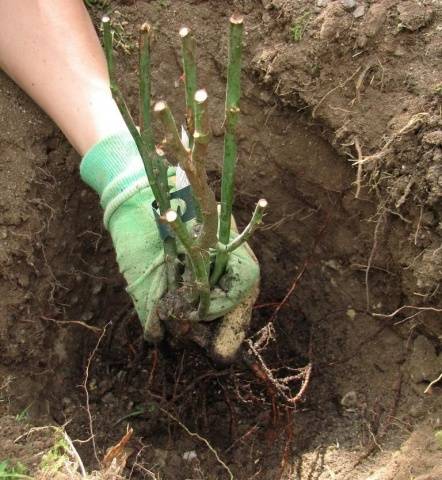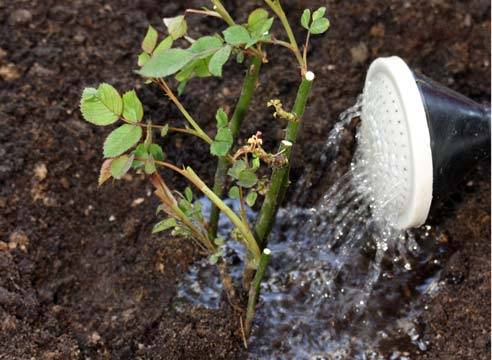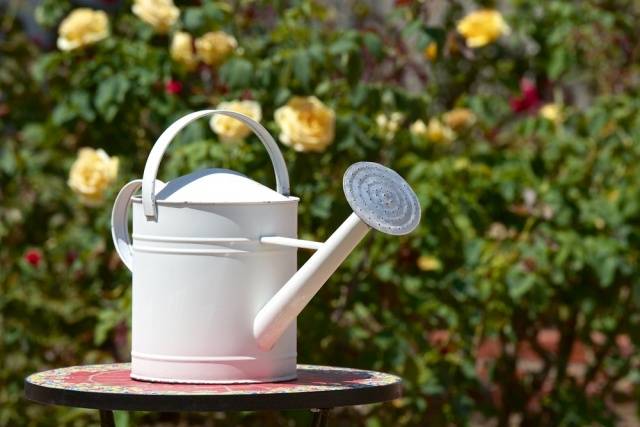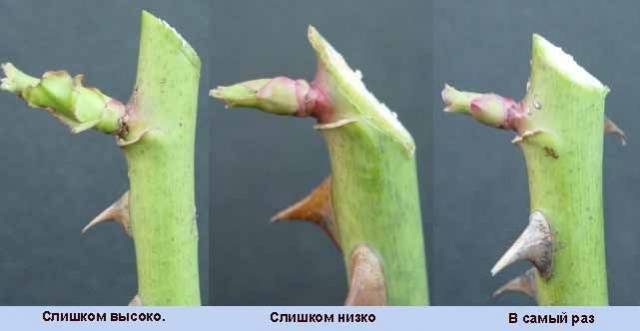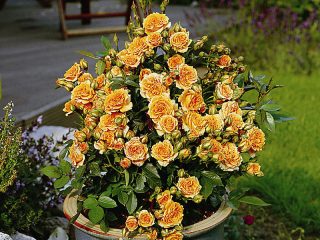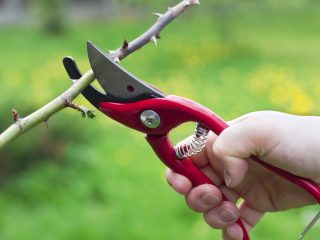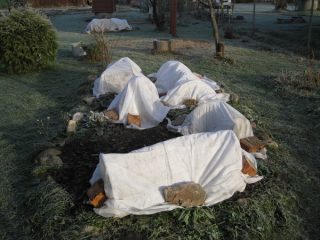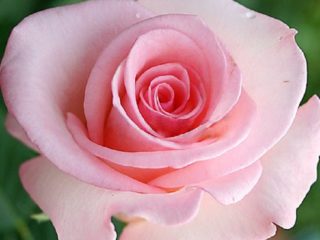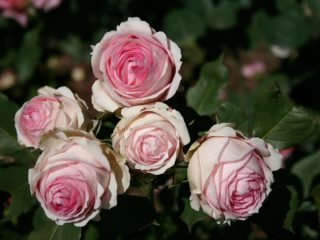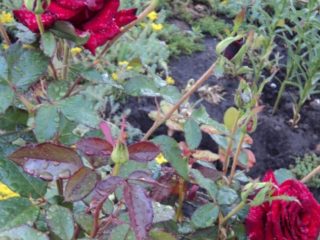Content
White roses have always stood out noticeably among other varieties of roses. They represent light, beauty and innocence. There are very few truly worthwhile varieties of white roses. This is due to the fact that, unlike their red counterparts, they are very difficult to hatch. Even famous all over the world English roses David Austin could not boast of a variety of white varieties. But everything changed in 2007, when David managed to bring out the pearl of all his collections - the white rose Claire Austin, which he named after his daughter.
Description of the variety
David Austin is a world-famous English farmer who turned the flower world upside down. With his light hand the world saw new varieties of roses, which became known as "English roses".
Crossing ancient varieties of English roses with hybrid tea roses, he developed a large number of new varieties that are incredibly popular all over the world. He gave them different names that fully reflected their character and beauty. But only one variety was honored to bear the name of the most dear person in his life - his daughter Claire.
Claire Austin is rightfully one of the most beautiful varieties of white roses. It belongs to scrub roses, which are distinguished by their large bushes and abundant flowering.
The rose bush of this variety is distinguished by its spreading nature. Most often, Claire Austin is grown as a bush. At the same time, its height will be 1.5 meters, and its diameter will be about 2 meters. But it can also be grown as a climbing plant. In this case, due to the support, the bush can grow up to 3 meters in height. The photo below shows how beautiful Claire Austin looks when grown supported by an arch.
As you can see in the photo, Claire Austin's bush is very leafy. But due to the arched, slightly drooping shoots, it retains its elegant shape. The leaves of this English rose variety are bright green in color with a slight glossy sheen.
During flowering, the bright green bushes are diluted with large flowers of incredible beauty. On each stem of this wonderful rose, from 1 to 3 large flowers can form simultaneously. At the beginning of its blooming, the Claire Austin flower looks like an ordinary rose with a cup-shaped shape and tightly adjacent petals. But when fully opened, the flower reveals numerous double petals and becomes more voluminous. The color of Claire Austin's flowers varies depending on the flowering period:
- at the very beginning of flowering, the roses have a delicate lemon color;
- in the middle of flowering they fade to a snow-white color;
- At the end of flowering, Claire Austin roses become a beige-pinkish hue.
The photo below shows the color of flowers from the beginning of flowering to its end.
Like all of David Austin's creations, the Claire Austin variety has a rather strong and persistent smell. It harmoniously combines the rich aroma of tea rose and notes of myrrh, vanilla and heliotrope.
Unfortunately, these flowers do not have very good resistance to rain. During precipitation they do not open, so they have to be helped manually.But this must be done with extreme caution, trying not to damage the delicate petals.
This minus can be compensated by the re-blooming of Claire Austin, which allows you to admire the flowers throughout the summer.
In addition, this variety has good immune characteristics. The Claire Austin rose can only get sick with such common diseases as powdery mildew or black spot in unfavorable weather years. This quality allows you to successfully grow a rose of this variety in the middle zone.
Recommendations for planting and care
Despite the fact that this rose is an unpretentious variety, it will need special attention in the first year after planting. At this time, she will only be settling into a new place, so without proper care she may get sick and die. To prevent this from happening, we will tell you about the rules for planting it and further caring for it.
Landing
Her landing starts with choosing a suitable location. Like other David Austin varieties, this variety tolerates partial shade. But its exceptional beauty can only be seen when planted in a sunny place.
Claire Austin is very unpretentious. Of course, ideally you should provide it with light soil. But if this is not possible, then this rose will adapt to the soil that will be there.
The Claire Austin variety is best planted in the fall, but no later than October, when the first frosts begin. Autumn planting is good because over the winter the bushes will build up a good root system rather than sprout new shoots. Planting in the spring months is also possible, but to do this, the soil for the rose will need to be dug up in the fall and fertilized with humus.
For a purchased seedling, a hole with dimensions of 50*50*50 cm will be sufficient. In order for the seedling to take root better, before planting it must be soaked for a day in any root formation stimulator, for example, Kornevin or Heterauxin. The main condition for successful planting of a variety is the deepening of its grafting. It should be 10 cm deep into the ground. After the seedling is correctly placed in the prepared hole, you can fill in its roots. To do this, use soil from a pit with the addition of compost or rotted manure. At the end of planting, the soil should be lightly compacted and watered.
Watering
Water the English rose Claire Austin only when the top layer of soil dries out. As a rule, under normal weather conditions, the regularity of watering will not exceed once every 5 days. Watering should be done in the evening with settled or rain water. In hot weather, watering should be increased more often, using water heated in the sun. If Claire Austin is grown as a bush, then 5 liters will be enough for one plant. If this rose is grown as a climbing rose, then more water will have to be spent on watering - up to 15 liters per bush.
Roses are watered all summer, until the end of August. If the summer turns out to be rainy, then you should stop watering earlier than August - in July.
Trimming
Pruning bushes is an important step in caring for them. At the same time, it is worth starting it in the first year after planting. In the spring, not earlier than April, when the buds have already awakened and swelled, and the first shoots have grown by 5 cm, the bush must be thinned out, leaving only 3 - 4 of the strongest shoots. All broken, old or small shoots should be removed without regret.They will only draw strength from the plant, inhibiting its growth and flowering. Once every 5 years, it is necessary to cut out all woody shoots, giving the young shoots the opportunity to germinate.
In addition, all sections are made 5 mm above the kidney and only at an angle of 45 degrees.
In order to provide the Claire Austin variety with abundant and lush flowering of large roses, the shoots must be shortened by half their length. If you shorten the shoots by a third of their length, the bush will literally be sprinkled with buds. After wilting, the flowers must be removed. Otherwise, re-blooming may either not occur, or it may occur, but not soon.
Top dressing
The Claire Austin variety must be fertilized at least three times during the summer. Fertilizers for feeding are used depending on the needs of the bushes:
- Before flowering, you can feed Claire Austin with nitrogen-containing fertilizers;
- Before blooming buds, roses require complex microelements and organic matter;
- Before harvesting for the winter, the bushes should be fed with potassium and phosphorus.
If, when planting a rose, humus or organic matter was added to the planting hole, then fertilizing should begin only in the second year of growth.
Wintering
Covering your Claire Austin English rose is an important part of caring for it. In our climate, without this, the rose will simply freeze over the winter. Therefore, it is very important to pay increased attention to this aspect of care.
It is worth starting to prepare roses for wintering in early October. To do this, the bushes are first hilled and then tilted as close to the ground as possible. After the first frost occurs, absolutely all leaves and buds must be removed from the shoots.This is done to prevent the development of fungal diseases during the wintering of the bushes. After this, the shoots are covered with spruce branches and non-woven material.
In this form, the bushes overwinter until spring. Before covering roses for the winter, we recommend watching the video:
To date, Claire Austin is the best white rose among all English varieties bred. Its planting and care will not require special knowledge and effort from the gardener.
